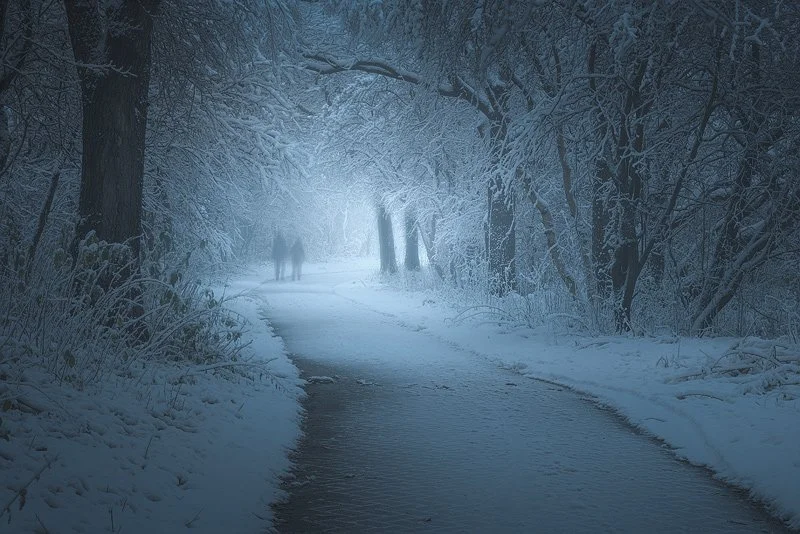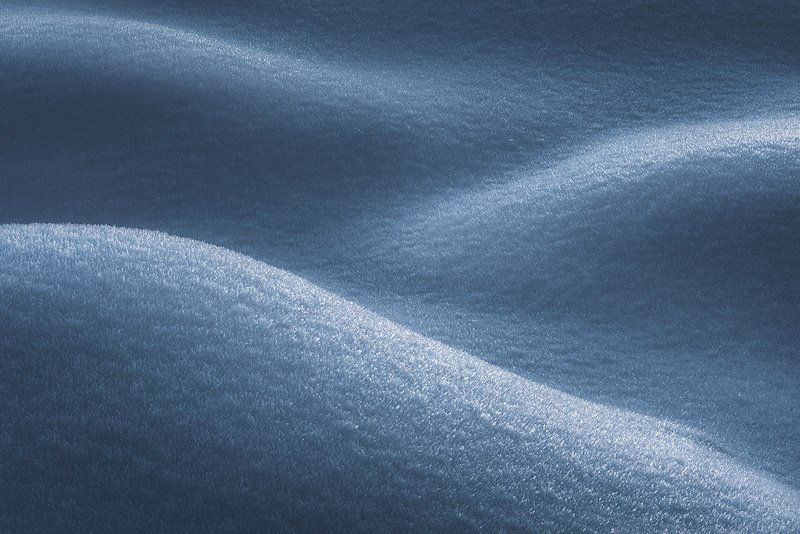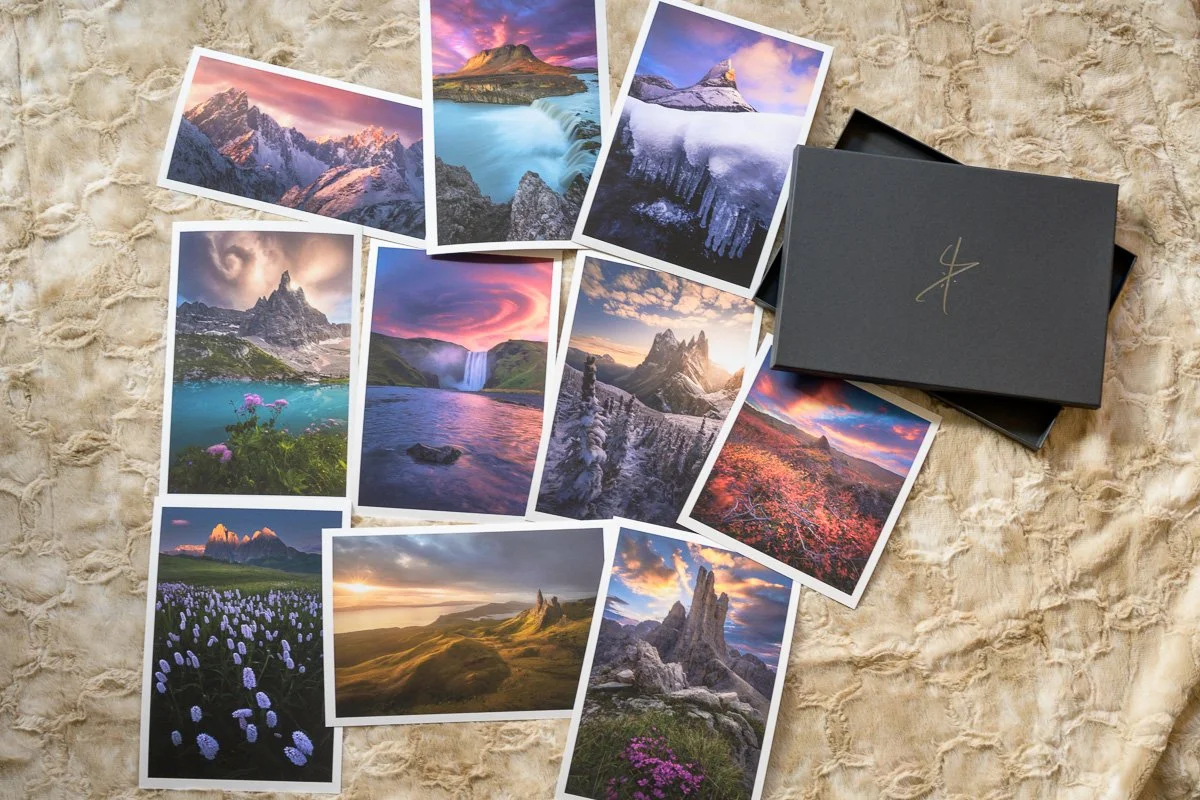Photography Retreat - How to get Creative in a Rut
Stuck in a creative rut? What do you do when photography is just not that interesting to you right now? Is a photography retreat the way to get your creative juices flowing again or is a retreat from photography the best way? There are dozens of photography workshops on the internet in which you can completely immerse yourself in photography. But in this article I propose the opposite. A complete escape from photography is often a much better way to get going again.
“Sea Hewn Lighthouse” - one of my last images before this particular creative rut.
Releasing the Lid on the Pressure Cooker
Let’s be real here for a moment. The whole business of being seen on social media revolves around getting more attention in the hope a big sponsor will help you buy that expensive new lens or camera. I have been experienced myself that the more I put out new images, the more attention I get from potential bigger clients. Breakthrough filters, f-stop gear, Haida, BenQ and a few others have all said they like my images, but having a social media following definitely helped to land these companies as sponsors.
But do you really need a new piece of gear in order to jump-start your creative energy? Is the pursuit of new followers ultimately one way to keep yourself busy? Now that I have been away from social media for 4 months, I realize that I don’t feel the pressure to create anymore. And to be honest, it feels fantastic. Now I create for me again, much like I did when I was just figuring stuff out 13 years ago at the time of writing.
Working on Soft Skills to Retreat from Photography
Teaching yourself soft skills is often greatly overlooked in landscape photography, because the industry leans heavily on you buying more stuff. Those sponsors I mentioned? It’s all rosy at the start, but it becomes the new normal quite quickly. Soon you’ll want to achieve the next goal. I like to offer an alternative vision of modern landscape photography. Instead of chasing the numbers and checking your inbox if you have a message from some company wanting to give you a piece of gear in exchange for exposure on your social channels, here a few soft skills you could work on. I’ll explain why these matter later.
Teaching yourself the theory of visual communication
SEO (Search Engine Optimization) for your website
Learn HTML / CSS and build a website that you’re proud of yourself
Writing (better) blogs
Learn or improve a second or third language
Logo design and Adobe Illustrator or InDesign
Learning to print yourself
Learn to play a musical instrument
1 - Teaching yourself the theory of visual communication
Visual communication is the language of the image. If there’s one thing I value from my four years in college, it’s this class. I’ve learned how and why visual elements evoke emotion and action by reading text books on semantics, rhetoric and Gestalt to name a few disciplines. While I didn’t venture into the depths of all these, I do appreciate their contribution to how I now look at photography, film and even advertisements. There was this great book titled Beeldtaal by Jos van den Broek and others that I still own. I sold all other books after my time in college, but I love that book. It analyzes well known examples in modern media like Coca-Cola and Volkswagen adverts, but also looks at paintings and photography. A few things I learned from it:
Place the subject high in the frame to make it appear more majestic, powerful or even spiritual.
Leave little empty space (sky) around such a subject to make it look dangerous, menacing and evil.
Make it unequivocal what your photography is about by either zooming in, getting insanely close to the foreground subject matter or eliminating every part that does not contribute to the subject. (Art Wolfe makes this clear in his excellent TV series Travels to the Edge as well; highly recommended).
Color theory and why some color harmonies work while others do not.
Leaving lots of foreground here gives the viewer an uneasy feeling. Were I to have tilted the camera upwards more, the feeling of ‘peaceful dread’ would not have been achieved.
2 - SEO (Search Engine Optimization) for your website
SEO is easier than ever before thanks to progressions in artificial intelligence. If your website is readable by humans and you take care of a few basic things on very page and image you have on your website, you set yourself up for much more organic traffic than you currently have.
Every webpage must have a h1 that features the primary keyword for a search query. This blog’s query is “Photography Retreat”, because I have learned that people are searching for this and the article puts a nice spin on that.
The other headings on the page must also carry a few instances of that query.
Make sure questions surrounding the subject are answered on that page. Don’t have people look for the answers. Just be straight to the point.
Add descriptive alt tags to images on your page, so that people with poor eyesight can understand your page better. While this may seem less relevant for a photography related website, it’s still crucial to make your site as accessible and therefor as inclusive as possible.
Regarding meta data: a descriptive and enticing title that will show on search engines is a nice bonus. Include the main keyword here too. Then describe what the page is about in less than 150 characters in the meta description.
What you write on the page must be in reference of the search query.
Work on these basic items and you have the fundamentals of SEO under your belt.
3 - Learn HTML / CSS and build a website that you’re proud of yourself
I regard my website as an extension to my home. I keep it cleaned up and change the decoration every once in a while. I want to feel at home here and need to like to work on it. I know my way around HTML and CSS; the fundamentals of web design, but I’m no star in back-end engineering. That’s why I use Squarespace. I have very mixed feelings about that, in part because I come from a technical background. One thing that annoys the hell out of me is the fact that it’s way too slow. photo-heavy websites can load much faster, but there’s not much you can do about it apart from uploading JPG images at 800px on the long edge at quality level 79.
Images on my website measure 800px on the long edge. The primary reason is to lower page load speed and therefor a better ranking on Google.
Instead, I’d like the images here to lazy load while the page is already usable. I’d like to use less scripts and less third party stuff, but Squarespace just loads it all in anyway. And I can’t omit these steps.
HTML is the structure of your website. The text you see here is in paragraphs, while the headings are coded differently. They don’t just look different, but they carry different weight for search engines too. So all that jibber-jabber under point 2 about SEO? That’s just to mark up the page in order to make it better understandable to both humans and machines. Now CSS is the language of colors, alignment, fonts and buttons. With it, you style your website to your liking while embracing best practices for usability.
4 - Writing (better) blogs
This ties in with the previous points, but it’s much more than that. Writing blogs is also about telling stories and sucking a reader in. To be more creative with words is a great way to engage your brain in a different way than to come up with a new composition for your next photo.
5 - Learn or improve a second or third language
The same is true for learning another language. English is not my main language. Perhaps it shows here and there, but I manage quite well. Especially in written form. It’s insanely frustrating to me that I have a thick Dutch accent verbally. That’s why I’m not on YouTube or record my own voice while recording processing videos. It’s one of those things that I outsource to a native speaker, because I can’t stand to listen to me finding the right words.
There is much more value to learning another language. I mean, if you travel a lot, it helps to be able to speak to locals. Not just for practical purposes, but also for your own enjoyment. I can understand German a bit, but I wish I paid more attention in school. It seems so valuable now, especially when going on a photography retreat in Germany or in the Alps as a landscape photographer. See what I did there? ;)
Different languages also create new pathways in your brain, enabling more efficient communication. And learning languages at a later age can help stave off Alzheimer’s disease and age related dementia.
6 - Logo design and Adobe Illustrator or InDesign
I build my brand from scratch myself. I create covers and mock-ups for my digital and physical products. From packaging to business cards and from choosing the colors to designing complete e-books. Now that I’m in the design phase of my new book, I’m glad I know a thing or two about InDesign, but I’m a bit rusty. If you plan on making landscape photography your business, knowing these Adobe apps is a great skill to have.
7 - Learning to print yourself
There are so many aspects to printing your photography! Managing colors, comparing materials, keeping a printer from clogging up, mounting, framing… You can outsource all this and you still need a decent amount of knowledge about prints, because it’s so very different from exporting for the web in Photoshop.
I designed my portfolio boxes myself in a time when my inspiration was very low.
8 - Learn to play a musical instrument
Here’s the most outlandish suggestion to keep you away from photography, while still maintaining a creative outlet. I grow tired of hobbies quite fast and have more interests than time on Earth. That’s why I now how to play guitar, drums, bass and synths - all a bit and not very good. I did play the electric guitar from when I was 16 years old, but have not done so for years up until the moment that I met my wife and casually started playing again.
For the same reason as with learning a new language, you engage similar neural pathways as with creating compositions during photography. But to be honest, my ultimate retreat from not just photography, but social pressure and paying the bills too is to lock myself up in my studio and create a song or riff along with my favorite metal bands. I got my dream guitar recently and I’m so happy that I re-ignited this passion. During playing, I feel sparks of creativity because there is a certain atmosphere going on in my mind as I’m playing. Yesterday I played this epic, tragic riff involving Add9 chords, and I immediately felt like I was back in the mountains at twilight as clouds were building. I haven’t touched a photo in a while, but now I’m looking through my raw files again and feel inspired to return from this photo retreat.




